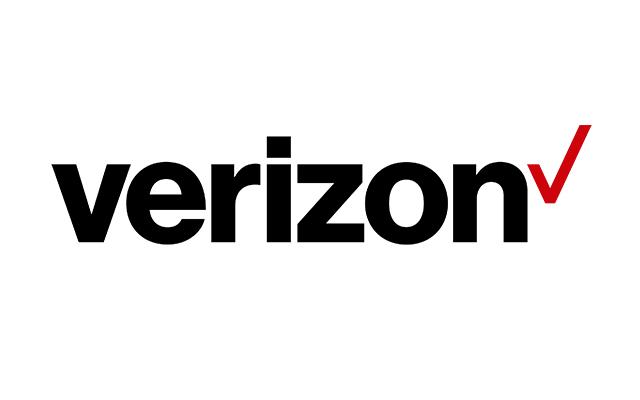Verizon has become the first US carrier to complete its own 5G radio specification, which it said would help encourage pre-standard testing.
Tests have been under way in the United States for some time, with Verizon validating the likes of bands comprising several hundred MHz, multiple antenna array processing and carrier aggregation that it said was “substantially” different from existing LTE technology.
The operator has outlined specifications covering radio access, multiplexing and channel coding, physical channels and modulation, and physical layer procedures, publishing them on its website.
Verizon has been testing propagation and penetration across single and multi-dwelling residential buildings to see if millimetre wave technology is feasible for 5G. It has tracked throughput with customer premises equipment to measure the performance of line of sight and non-line of sight tech. It has also placed barriers such as structures and foliage to see what effect it has in disrupting the technology.
[Read more – Industry raises questions about broken spectrum model in move towards 5G]
Adam Koeppe, Vice President Network Technology Planning, who is leading the 5G trial efforts, said: “The completion of the 5G radio specification is a key milestone toward the development of a complete 5G specification. The level of collaboration that we are seeing exceeds what we saw during 4G. This agile way of developing the specification and working with the ecosystem will enable us to get to market rapidly.”
Verizon said the new specification provides guidelines for telcos to test various 5G components. It said it should foster the development of interoperable solutions and aid the wider 5G ecosystem.
The US operator has partnered with KT ahead of the Korean operator’s trial 5G network at the 2018 PyeongChang Olympics. A recent memorandum of understanding between the two companies underpinned a collaboration on 5G wireless technologies, software defined networking and network functions virtualisation and gigabit technologies.



